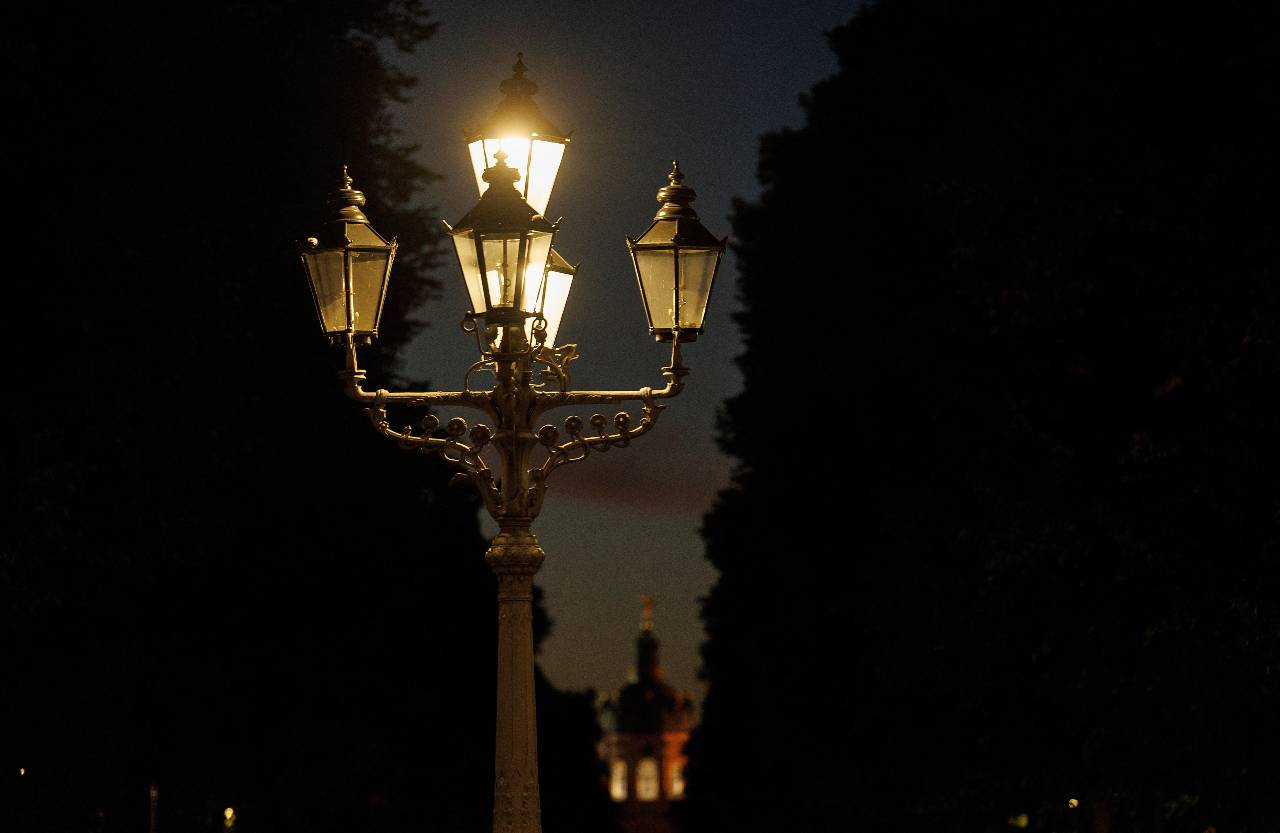
Berlin has the world's largest surviving gaslight network, but the Ukraine conflict means that many could soon be turned off. /Lisi Niesner/Reuters
Berlin has the world's largest surviving gaslight network, but the Ukraine conflict means that many could soon be turned off. /Lisi Niesner/Reuters
Berlin's lighting is special at night. In certain areas of the German capital, the street lamps cast deeper shadows, illuminating the city's sidewalks with an ethereal warmth. This is due to the fact many street lights are still lit by gas.
Berlin has the world's largest surviving gaslight network, mainly in its west, where Charlottenburg's imposing boulevards are bathed in a ghostly light that feels more akin to the luminescence of a European city at the turn of the 19th century.
READ MORE
CGTN special: Cost-of-living crisis across Europe
Meet the 'sappers' dealing with Ukraine's unexploded bombs
Which food has the worst environmental impact?
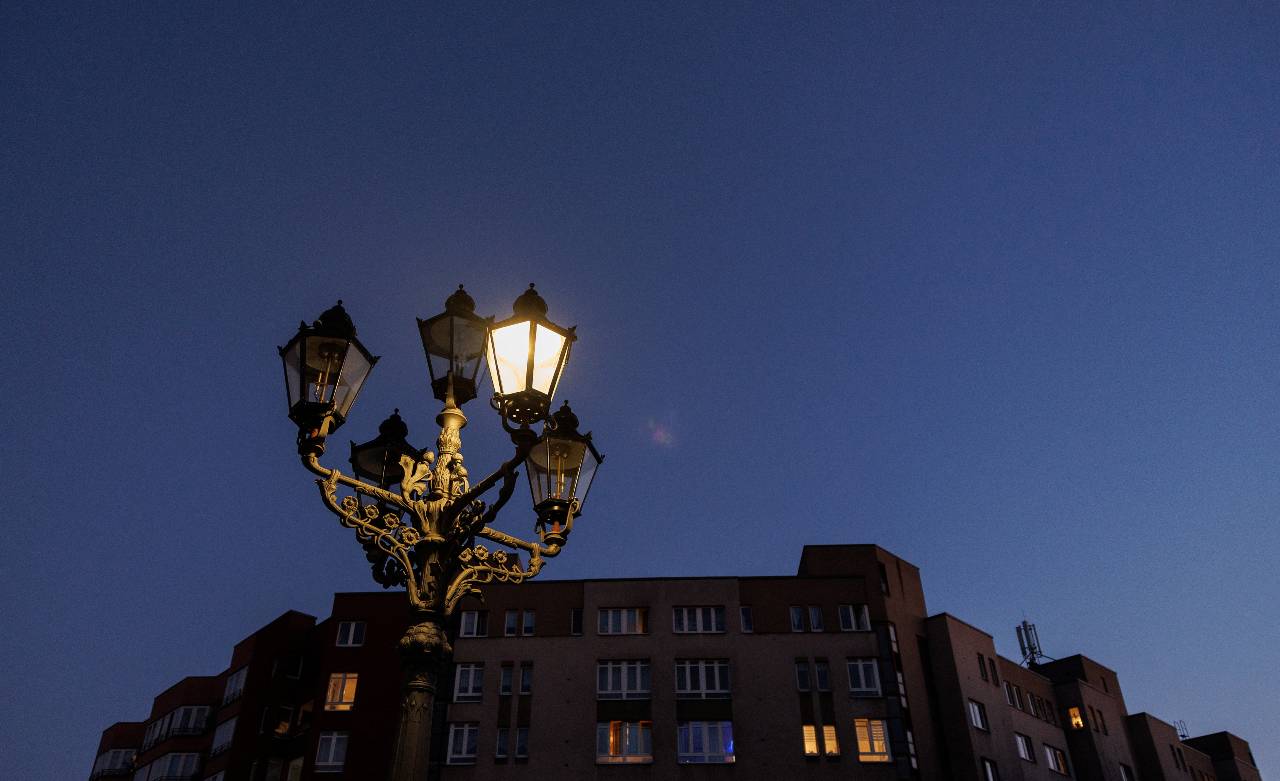
Berlin is pushing forward plans to replace its 23,000 remaining gaslights. /Lisi Niesner/Reuters
Berlin is pushing forward plans to replace its 23,000 remaining gaslights. /Lisi Niesner/Reuters
But the German capital's characteristic moody lighting is now under threat as the government prepares for a future without the Russian gas that has powered its industry for decades.
There is speculation that Moscow could make further cuts to their gas deliveries amid its military incursion in Ukraine, which has prompted Berlin to push forward plans to replace its 23,000 remaining gaslights.
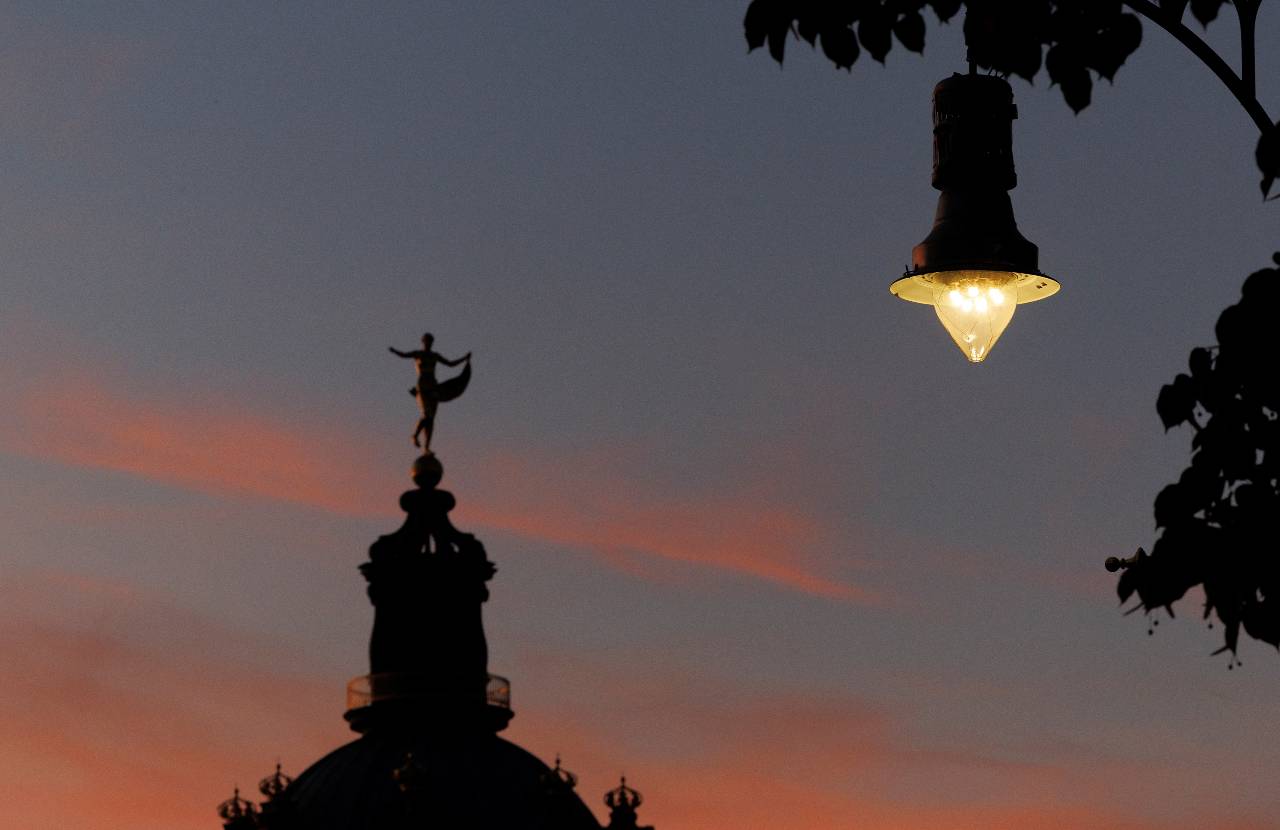
A major factor in replacing gas lights is climate change. /Lisi Niesner/Reuters
A major factor in replacing gas lights is climate change. /Lisi Niesner/Reuters
"The most important thing is to speed up their replacement by electric lights," said Benedikt Lux, a Green member of the transport committee in the city parliament.
Climate change is also an important factor in replacing the gas lights, Lux said.
With the federal government expected to declare a Level Three gas emergency if supplies continue to dip, Lux fears these lights could be switched off without immediate replacements.
That means changes will have to be made fast, which are set to leave Berlin's streets significantly less charming.
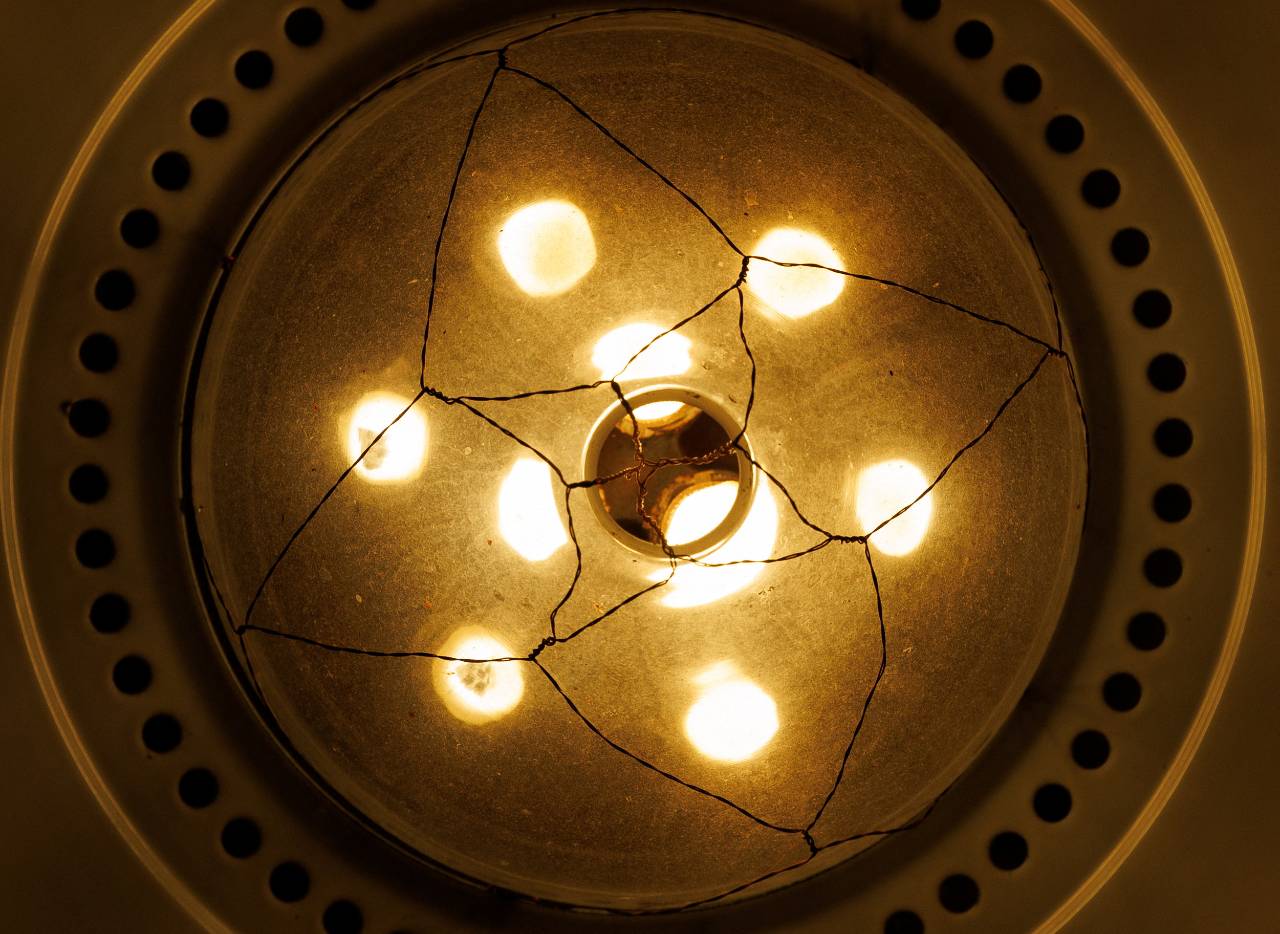
Many of the 20th century lamps will not be adapted; they'll simply be replaced with modern aluminium copies. /Lisi Niesner/Reuters
Many of the 20th century lamps will not be adapted; they'll simply be replaced with modern aluminium copies. /Lisi Niesner/Reuters
Instead of wiring up the ornate early 20th century cast-iron masts with modern LEDs at a cost of up to $10,120 each, some will simply be replaced with aluminum copies.
To save time, there is even speculation cables could be draped between them to bypass the need to dig up roads.
Fans of Berlin's ethereal night-time lighting are not happy.
"Berlin is almost the last city in the world where you can take a night stroll and sip a coffee by gaslight," said Bertold Kujath, head of Gaslight Culture, a foundation dedicated to their preservation.
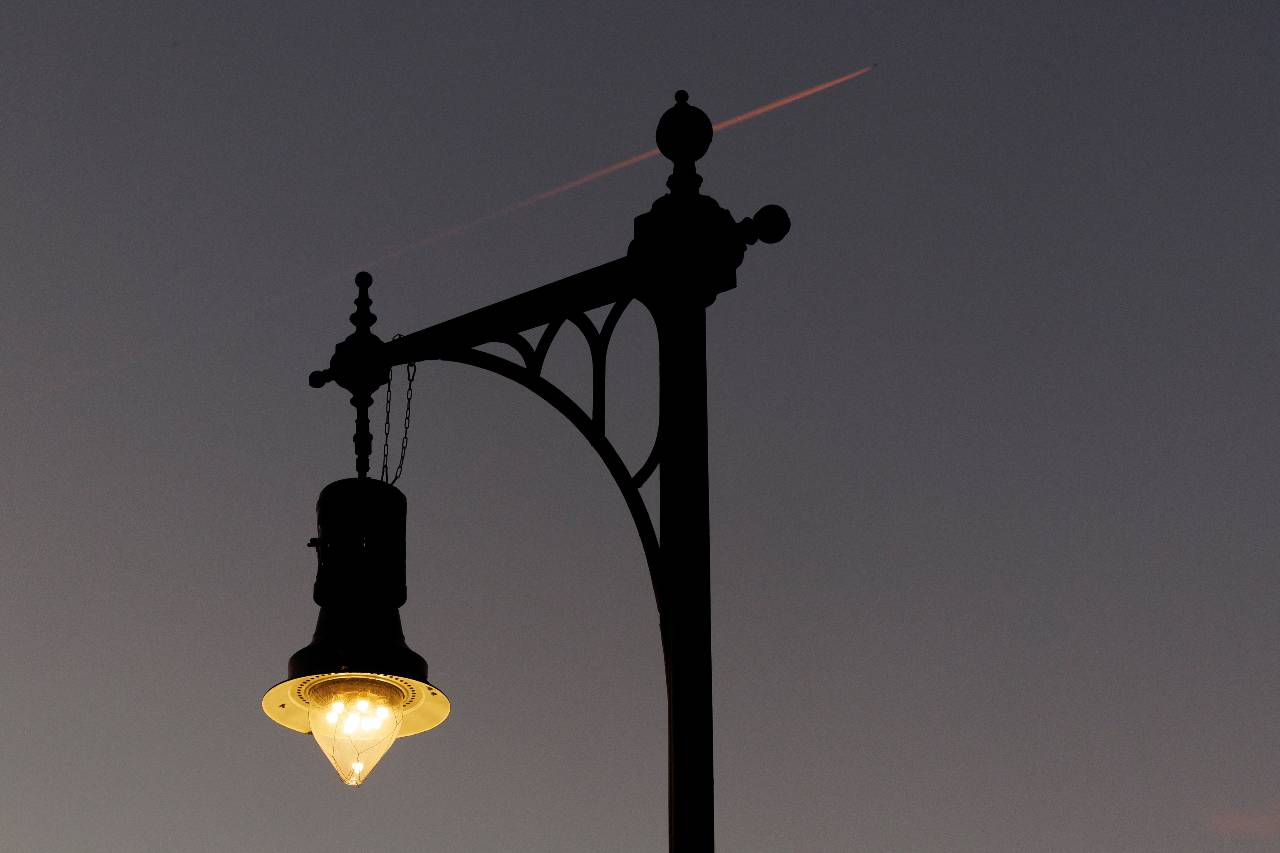
Preservationists are fighting back, arguing that getting rid of the gas lights won't effectively change Germany's gas reduction targets. /Lisi Niesner/Reuters
Preservationists are fighting back, arguing that getting rid of the gas lights won't effectively change Germany's gas reduction targets. /Lisi Niesner/Reuters
New neighborhoods need to be lit electrically, he says, but the gaslit neighborhoods' distinctive character should be preserved, with the gas – equivalent to some 4,500 kWh a year per lamp, costing the city $6.5 million – described as being nothing compared to the massive cuts Germany must make.
Even the newest LEDs cannot fully imitate the color of a small flame powering a rare-earth gas mantle, he said, adding that the electric lights attract more insects than gas, killing hundreds of them a night.
But the city's authorities are set on forging ahead with their plans. This includes preserving some 3,000 gas lamps in older, ornate neighborhoods, but Lux even has his doubts about that.
In an era of extreme climate change and conflict, keeping Berlin's special incandescent night-lighting could prove to be a luxury too expensive to afford.
Source(s): Reuters

